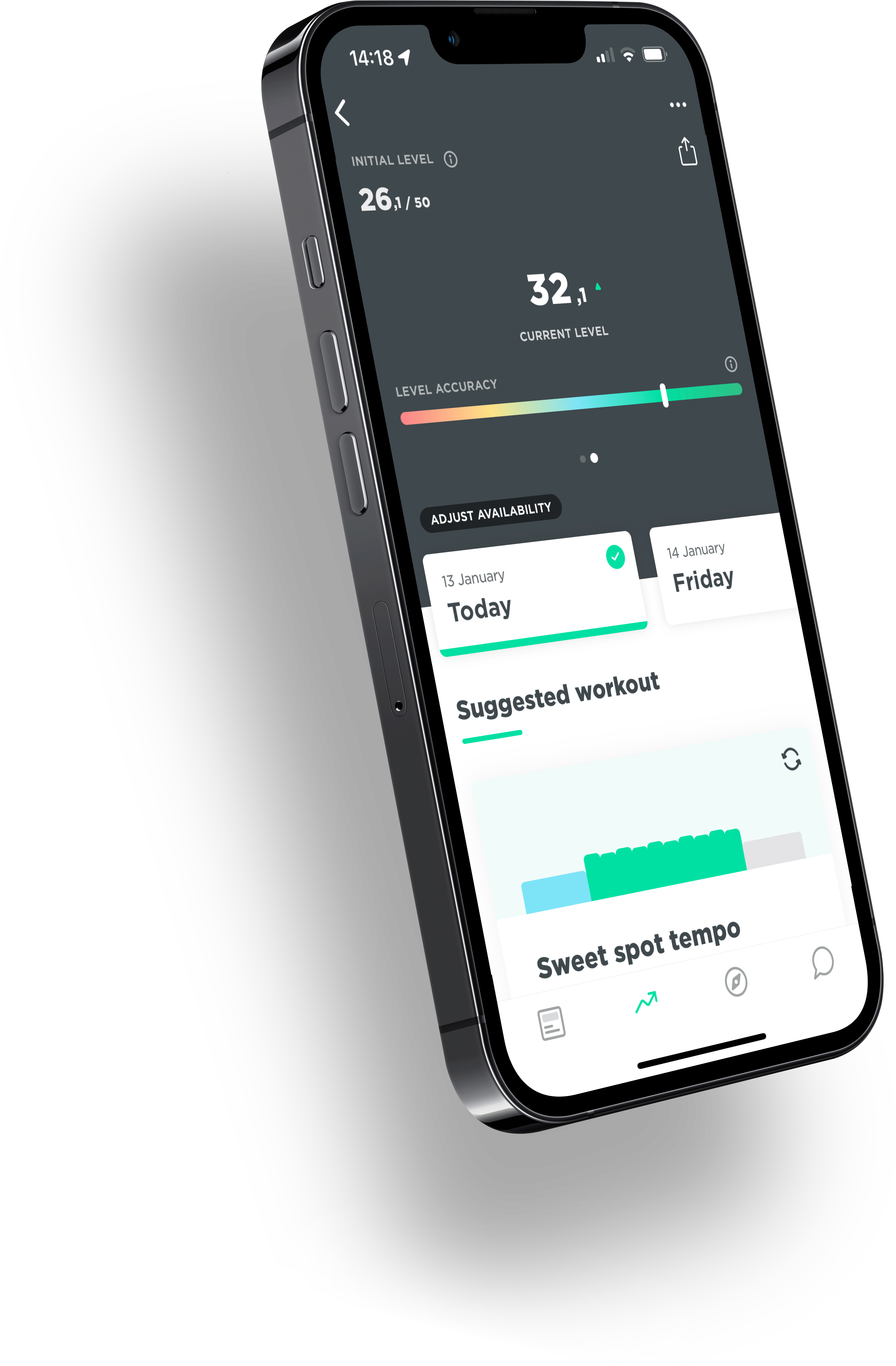Is it possible to train too much? How do you make sure you stay healthy while increasing training intensity? In this article, we address these questions, with a focus on the nuances of training for the female body.
This article was written in collaboration with Zijwielrent.nl for the opening symposium ‘The Female (Top) Athlete’ at the new Sport & Gyn clinic of the Martini Hospital in Groningen.
Intensive Training and Hormone Balance
Many women who exercise intensively and put in a lot of training hours experience irregular menstruation or even an absence, as well as low bone mineral density and low energy levels. These symptoms are often referred to as “The female athlete triad”. Known women who have experienced this triad are amongst others Ellen van Dijk and former pro and performance chief at Visma Lease a Bike Janneke Ensing.
High-intensity training has an impact on hormone levels, and thus leading to lower estrogen levels which as mentioned can result into Amenorrhoea (absence of period).
There are several side effects to this, including:
- higher activity of bone-degrading cells and thus lower bone density and increased risk of stress fractures and injuries;
- decreased quality of sleep;
- reduced immune function;
- increased risk of urinary tract infections;
- decreased fertility (only a small percentage of women who play sports at a competitive level have consistent ovulatory cycles)
- High-intensity exercise can also cause a hormal imbalance in men, resulting among other risks in lower levels of testosterone and luteinizing hormone (LH) as found in several studies. These hormones are essential for reproduction. If training too much and intensely, certain mechanisms in a male body can start to falter.
Do you tend work out a lot over an extended period of time? As a woman, do you start to notive an absence of your period? As a man, do you experience erection problems? That is a strong indication that there is not enough energy available for your body to continue functioning normally. As mentioned, both women and men can be effected also known as Relative Energy Deficiency in Sport (REDs) since an IOC Consensus Statement (2014, updates in 2018 and 2023).
Relative Energy Deficiency in Sport (REDs)
REDs is the syndrome in which low energy availability (LEA) in athletes causes negative health outcomes and impaired performance through a variety of symptoms. Energy availability is calculated in sports science using the following formula:
Energy Availability = (Daily energy intake – Daily exercise energy expenditure) / Fat free mass (FFM)
In sports such as cycling, with relatively high training hours and benefit from lower body weight, there is a greater risk that your daily energy intake is too low in relation to your training work. In other words, you structurally eat too little in relation to your exertion and therefore your body has too little energy to continue functioning normally.
The Question: How much energy availability do you actually need? Research shows that this energy availability should be at least about 40~45 kcal per kilogram of lean body weight. If the energy availability falls below 30 kcal per kilogram of fat-free mass, you may experience a whole range of symptoms. These amongst the symptoms already mentioned can include faster cold, gastrointestinal symptoms, depressive symptoms, anemia, difficulty paying attention, increased risk of cardiovascular disease, harder muscle building, increased risk of injury, decreased performance, more frequent illness, decreased bone density.
Research suggests that there is probably a great deal of overlap between Overtraining Syndrome (OTS) and REDs, with REDs really being specifically about too little energy availability and overtraining being about the general relationship between load and load capacity.
Keep It Healthy!
In short, if you train a lot and intensively, it’s not only important to incorporate adequate rest and recovery. It is also wise to look closely at your energy consumption and energy intake. A Sports dietitian can help here. (in the Netherlands you are entitled to three consultations from the basic health insurance even without a referral).


